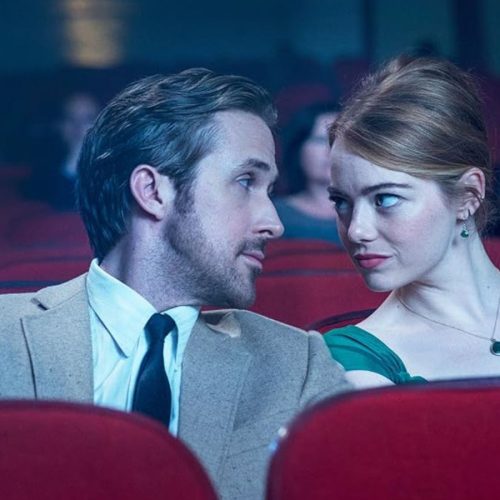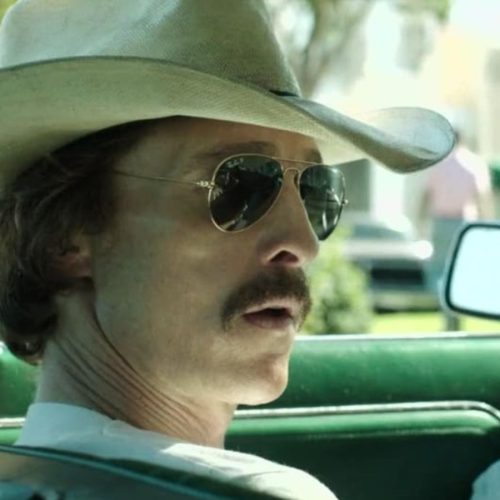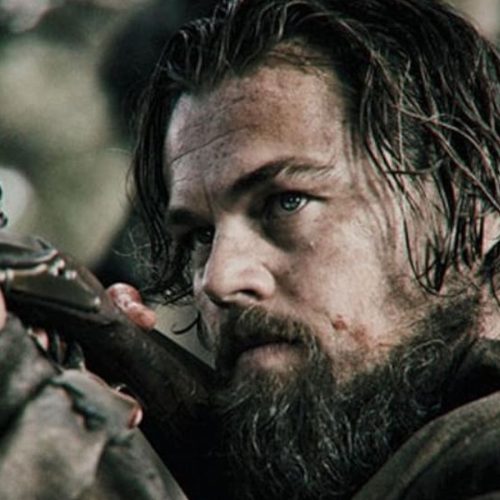The Baby Boomer generation grew up in a world that was rapidly changing, witnessing transformations that reshaped society, politics, and technology, and amid this flux, cinema evolved too. For Boomers, movies weren’t just Saturday entertainment; they were a reflection of the cultural psyche, embodying their dreams, anxieties, and revolutionary zeal. This exploration into iconic movies that captivated the Baby Boomer spirit offers a glimpse into the era’s heart.
The Rebellion of Boomer Cinema
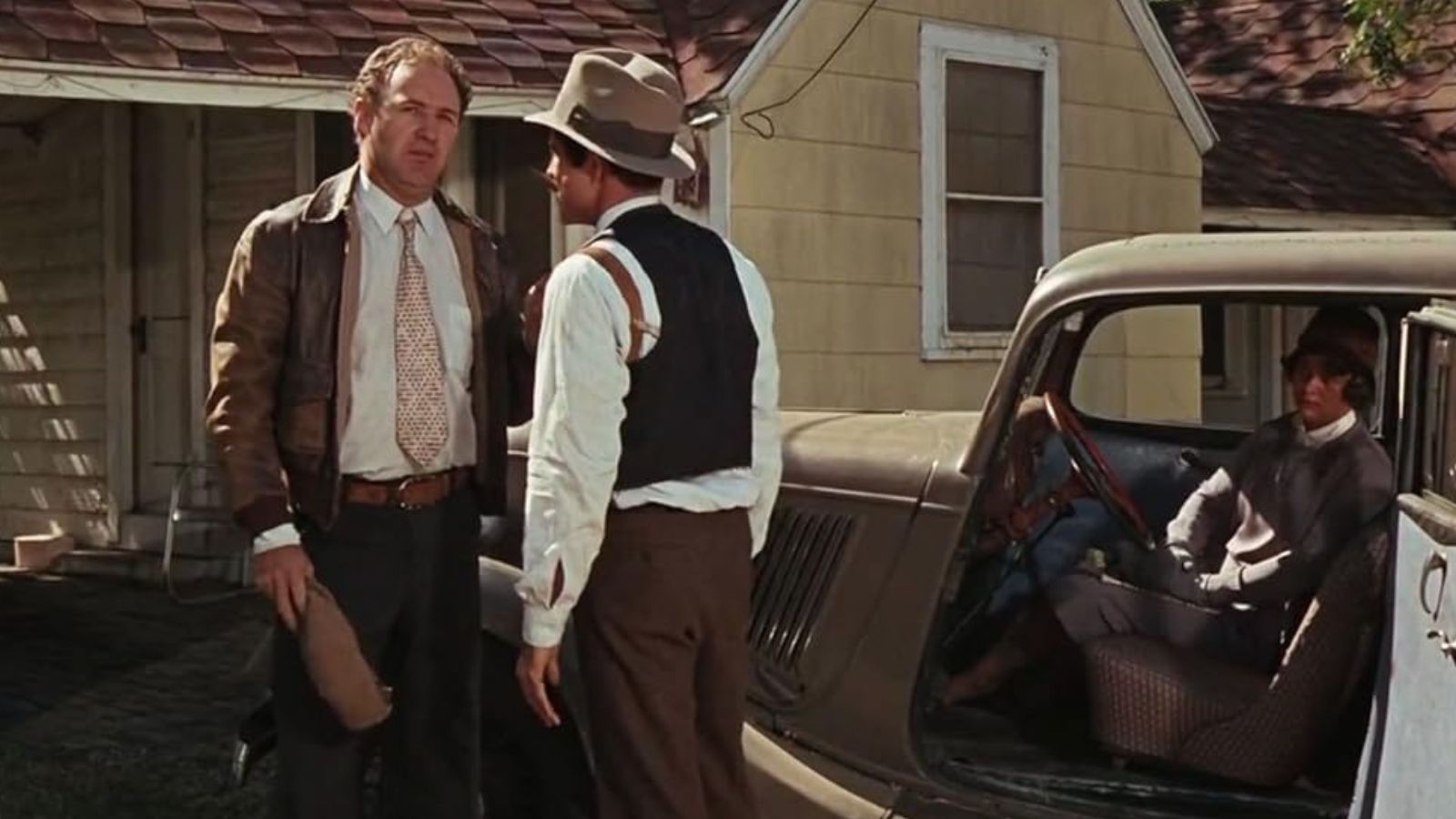
Cinema was transformed during the Boomer era, mirroring the changes of the time. Any Boomer will remember them as more than just escapism; they were the reflections of a generation navigating significant societal shift.
Bonnie and Clyde (1967): Generational Antiheroes

The 1967 movie Bonnie and Clyde shattered the mold of the Hollywood hero. In Bonnie and Clyde, audiences found reflections of deeply flawed and unmistakably human characters. Their story was marked by rebellion against an oppressive societal order and struck a chord with a generation who were also questioning long-standing institutions. The film’s unvarnished portrayal of these outlaws, set against the backdrop of the Great Depression, gave a generation comfort in uncertainty.
Midnight Cowboy (1969): Exploring the Underbelly of American Society
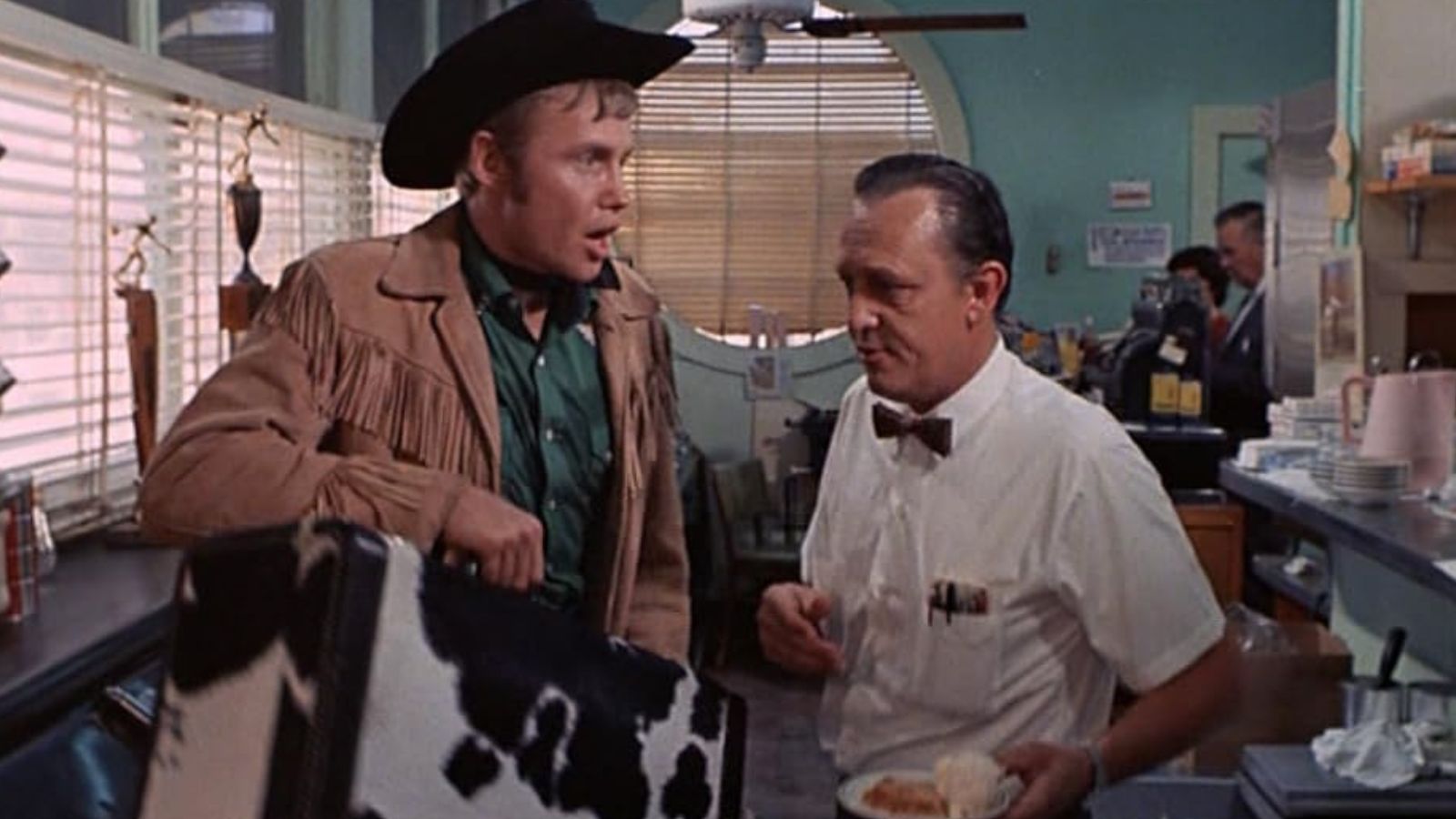
Midnight Cowboy provided a stark portrayal of New York City’s seedy underbelly and served as a wake-up call to audiences who were used to more sanitized portrayals of urban life. The film’s exploration of the friendship between Joe Buck, a naïve Texan turned hustler, and Ratso Rizzo, a sleazy but tragic con man, challenged viewers to confront the harsh realities of the American dream.
The Sound of Music (1965): A Sing-Song Escape from Turbulent Times
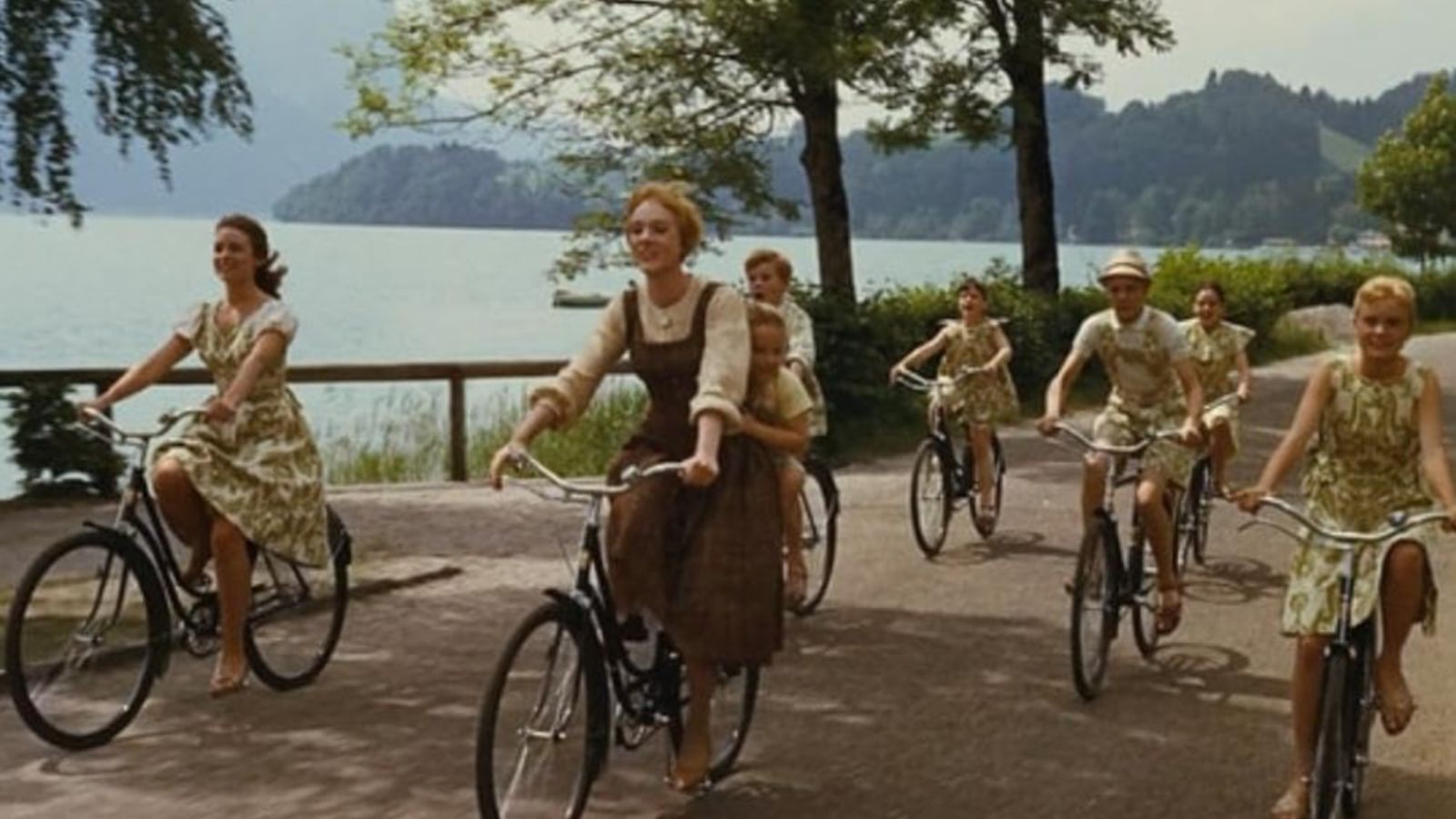
The Sound of Music offered a respite to young Boomers through its lyrical journey across the Austrian Alps. The von Trapp family’s musical defiance against the encroaching shadow of Nazism gave a backdrop for romance and adventure. Through Maria’s journey from the convent to the heart of the von Trapp family, audiences found a symbol of hope and resilience that resonated deeply amidst the era’s tumult. The iconic movie supercharged Julie Andrews’ career, earning her an Academy Award nomination.
West Side Story (1961): A Tale of Love and Conflict

Many Boomers remember watching West Side Story for the first time on a grainy TV set, captivated by the raw energy and emotion that leapt off the screen. This wasn’t just a musical; it was a visceral portrayal of love, prejudice, and the human condition, set against the backdrop of a New York City divided by gang warfare. The movie was innovative in its use of music and choreography and captured the spirit of a generation.
Doctor Zhivago (1965): The Epic of Love and Loss
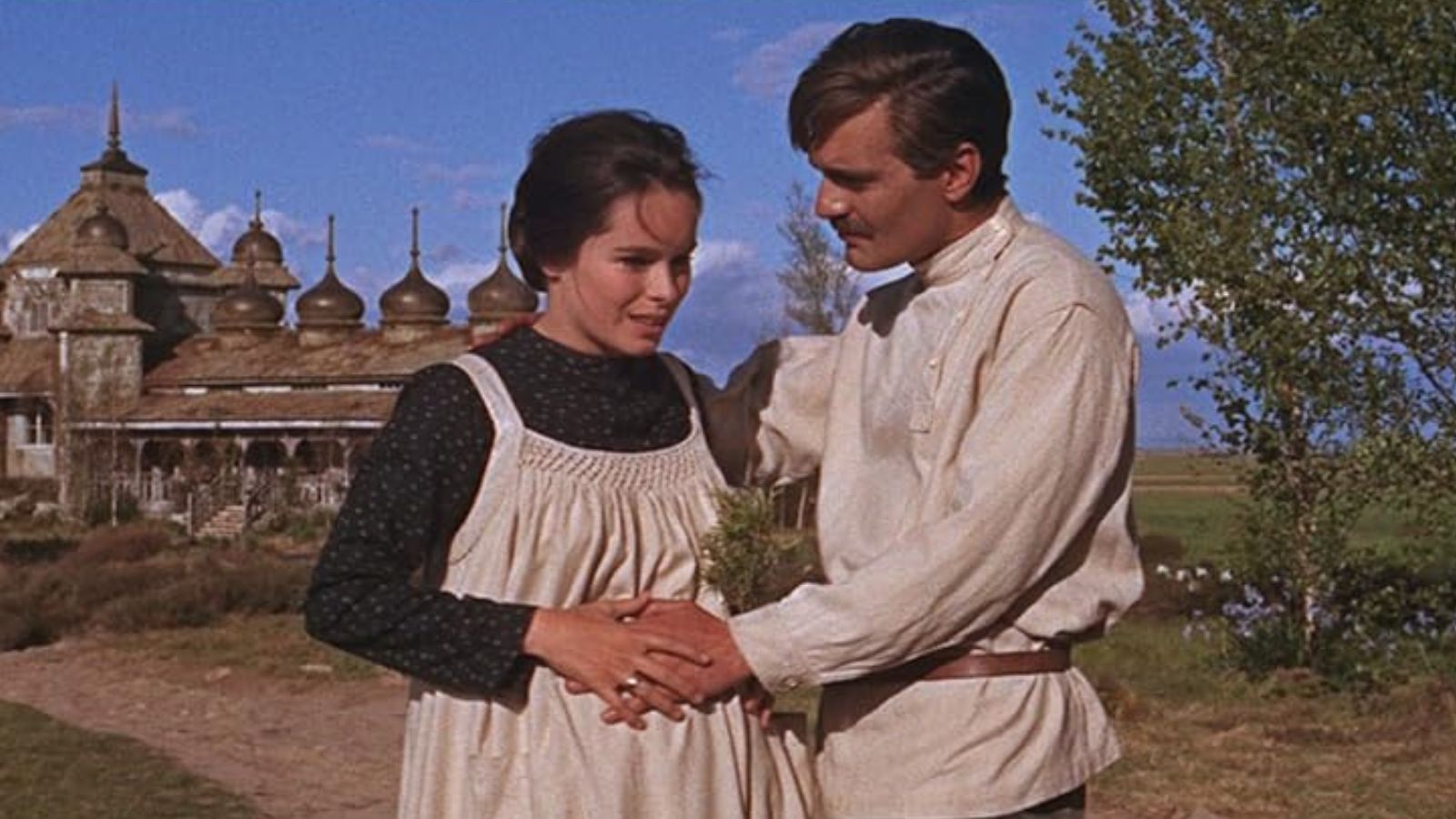
Any Boomer will remember the tumultuous yet exhilarating Doctor Zhivago. Set against the backdrop of the Russian Revolution, it explored the impact of political turmoil on personal lives. The epic scope and emotional depth of the movie spoke to a generation facing their own societal upheavals.
Guess Whos Coming to Dinner (1967): Challenging Racial Norms
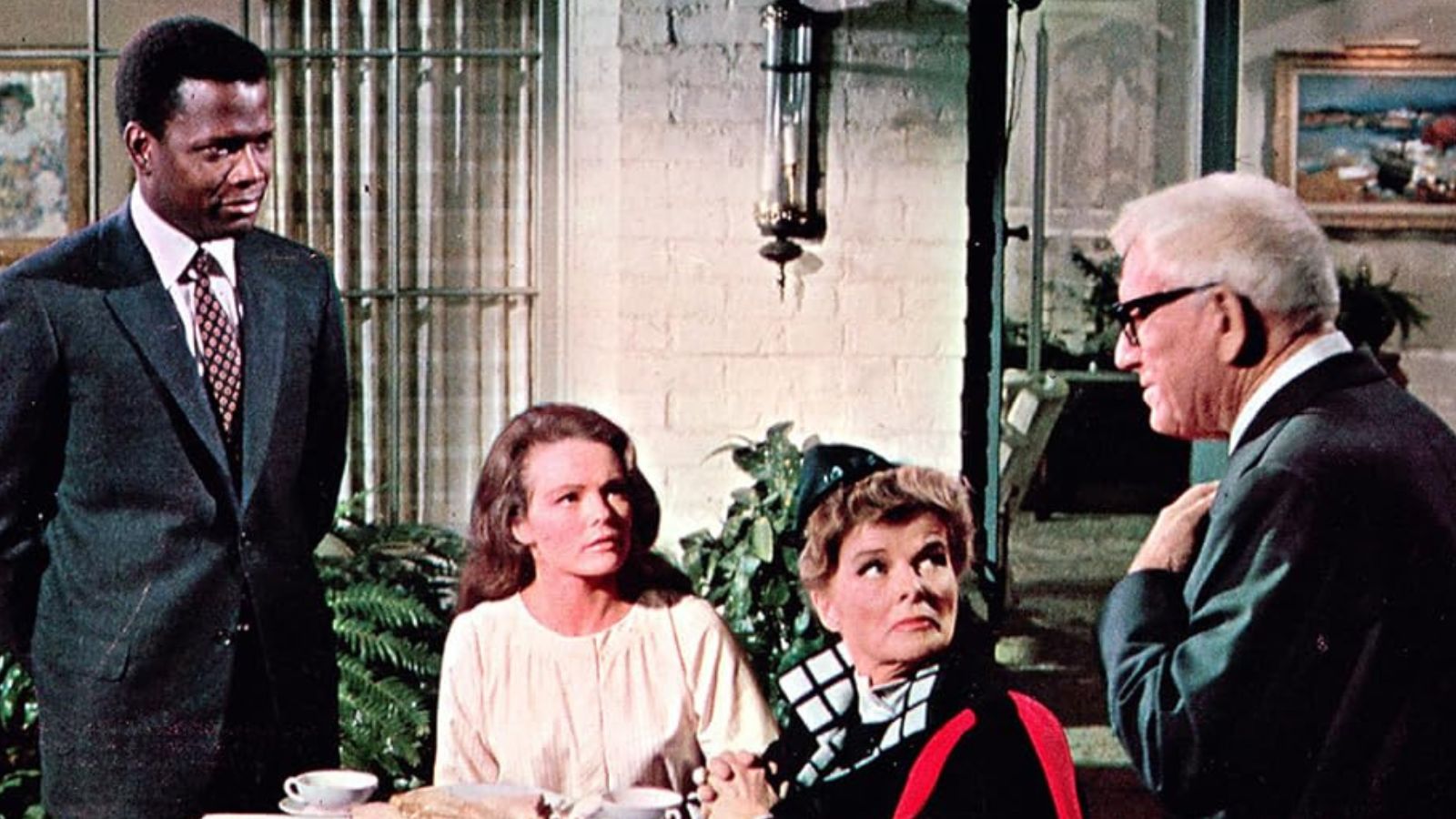
This movie dove right into the tricky topic of interracial marriage, challenging viewers to really think about their own biases. Its considerable popularity showcased a real shift in how Baby Boomers started to think about social issues. To this day, many of us continue to learn and grow from watching this movie.
Butch Cassidy and the Sundance Kid (1969): Redefining the Western

This movie brought a fun and friendly vibe to cowboy stories and grabbed the attention of a generation growing tired of the same old hero tales. It stood out by mixing in laughs with adventure and showing how important friends are. Instead of just good guys and bad guys, it showed characters in a more real and colorful way, making the story feel fresh and relatable. It wasn’t just entertaining; it also made people think and feel more deeply about friendships and adventures in life. Fun fact: the original title of the movie was supposed to be The Sundance Kid and Butch Cassidy. Now doesn’t that sound weird?
The French Connection (1971): The Thrill of the Chase
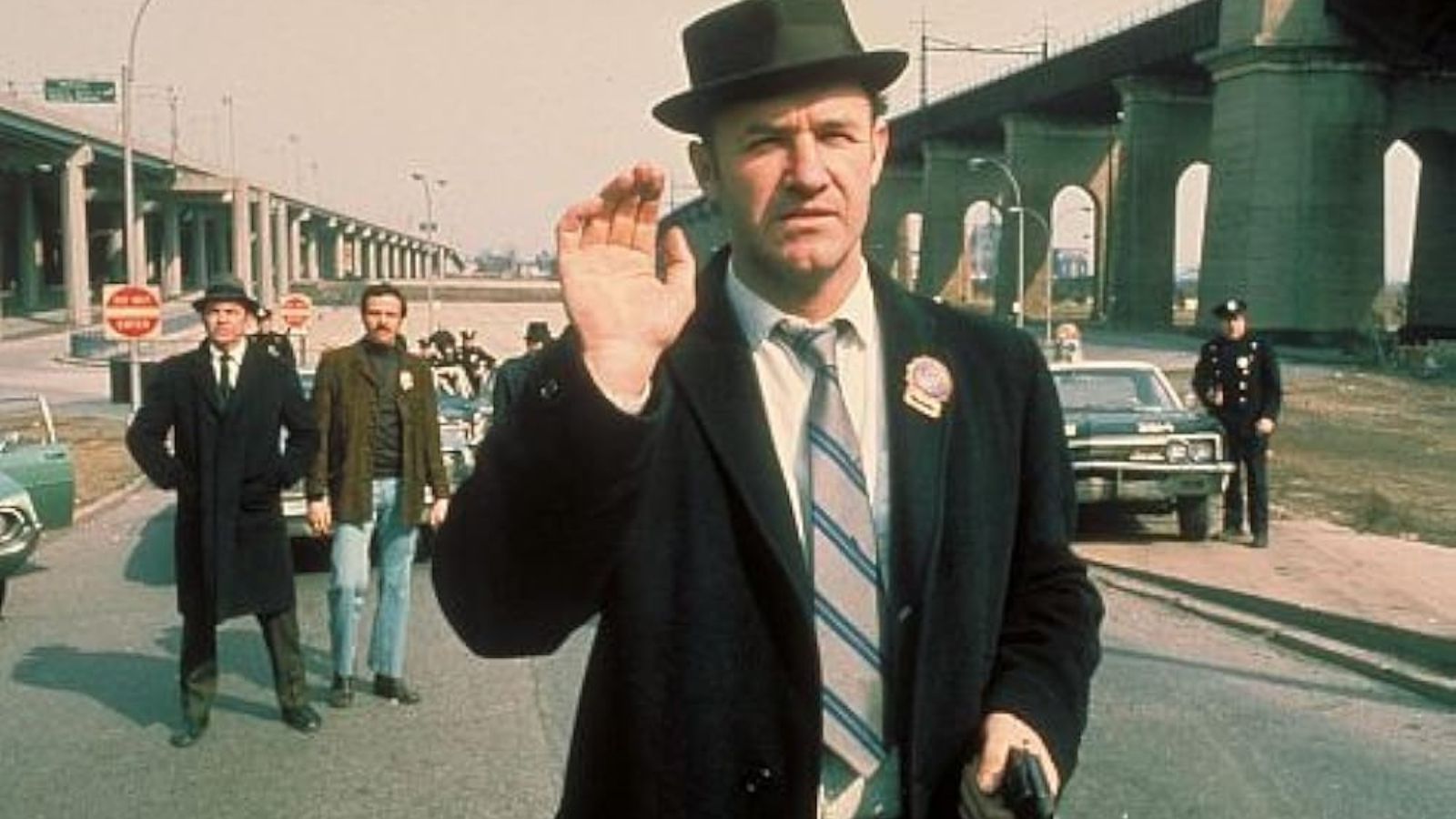
There’s a certain thrill in watching Gene Hackman’s Popeye Doyle navigate the gritty streets of New York in pursuit of a French drug lord in The French Connection. The film’s groundbreaking car chase scene through the city is as exhilarating today as it was during its release, a testament to the movie’s enduring appeal. It’s a no-holds-barred portrayal of the war on drugs, reflecting the darker aspects of the Boomer generation’s struggle with authority and the law.
MASH (1970): War and Wit Combined
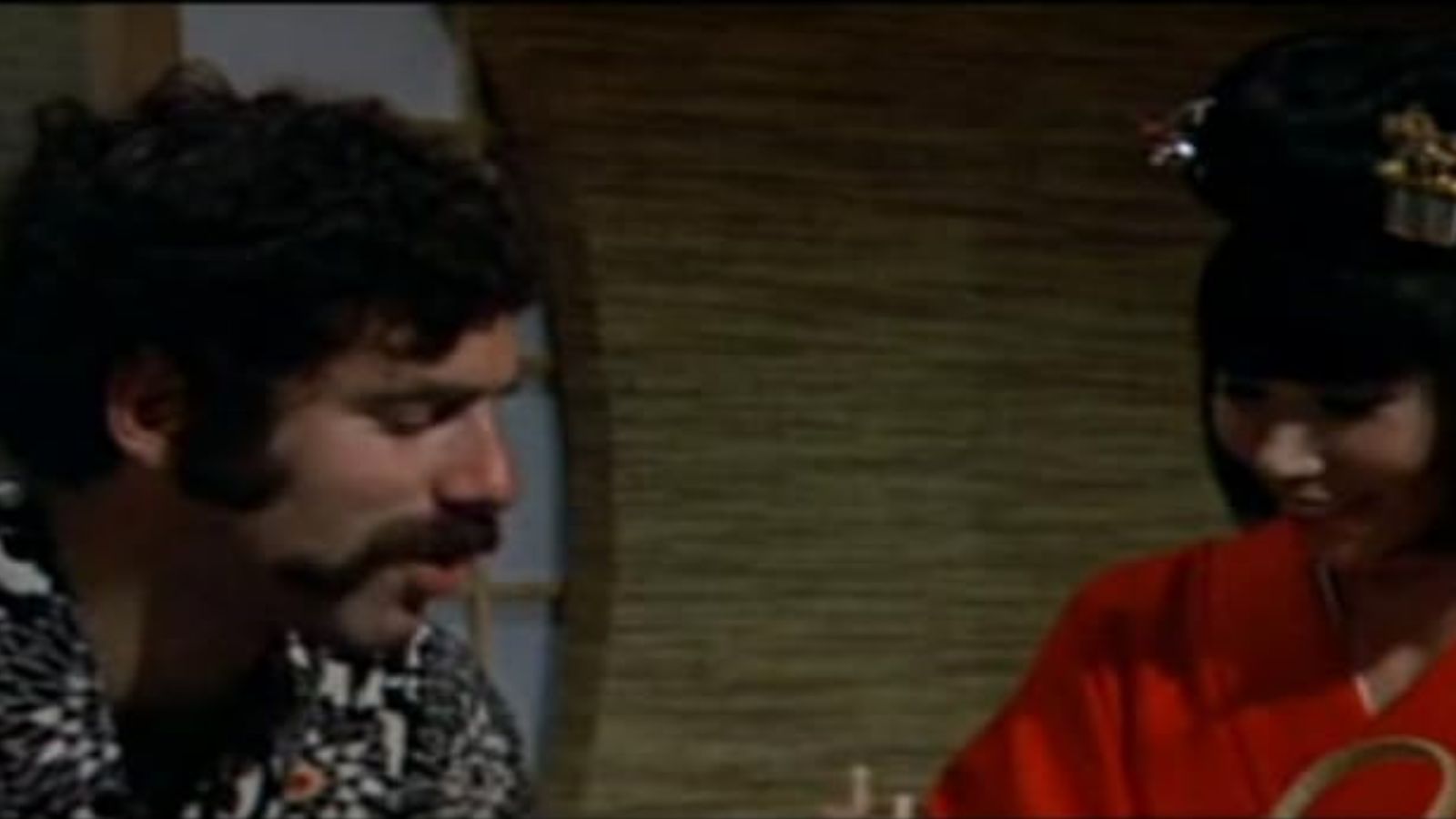
MASH brought a unique twist to the Korean War with its dark humor and satirical lens, poking fun at military life and the absurdities of war. This resonated with the Boomer generation who were struggling with their increasing doubts about authority and various conflicts, such as the Korean War.
Woodstock (1970): Documenting a Cultural Milestone

This documentary really caught the heart and soul of the Woodstock music festival, standing as a symbol of the peace and music movement. It perfectly captured what a whole generation was dreaming about: a better, more peaceful world. To this day, Woodstock remains an iconic cultural moment, immortalized in film.
Network (1976): A Prescient Satire of Media

Network took a sharp, forward-looking jab at how TV was starting to pull too much weight, shaping what we think is right or wrong, and hinted at the coming problems of the information age. Its iconic line, “I’m mad as hell, and I’m not going to take this anymore!” hit home for young Boomers especially, who were fed up with the status quo.
Taxi Driver (1976): A Loner’s Descent into Madness

Taxi Driver dives deep into how lonely and crazy city life can get, showing us the shadowy sides of society and how tough it can be for someone to find their place in it. Robert De Niro’s take on Travis Bickle is unforgettable, making him one of the most fascinating characters ever seen on screen.
American Graffiti (1973): Nostalgia for the Innocent Past

American Graffiti takes a sweet, somewhat sad look back at the early 60s: a time that felt simpler before the decade’s upheavals changed everything. It hits a nerve with Boomers, taking them back to their youth and highlighting how quickly time flies.
Serpico (1973): Fight Against Corruption

Serpico is all about the real-life battle against the dirty side of the New York City Police Department. It struck a chord with people fed up with corruption everywhere, cheering for those who dared to stand up for what’s right and encouraging a generation of Boomer activists.
The Sting (1973): The Art of the Con

The Sting mixes laughs, suspense, and a surprise twist to tell the story of 1930s grifters. Paul Newman and Robert Redford’s storyline provided a fun break from the world’s cynicism, drawing audiences into a clever game of cat and mouse.
Chinatown (1974): A Noir That Exposed Corruption

Chinatown took another stab at the film noir style, telling a gripping story full of power plays, corruption, and a sense of loss. It delved into the darker sides of human nature and the imperfections of society, mirroring the feelings of many Boomers who were starting to question everything around them.
The Deer Hunter (1978): The Ravages of War

The Deer Hunter offered a deep, raw look into how the Vietnam War tore through the lives of American soldiers and their hometowns. It’s the kind of movie that sticks with you, showcasing the brutal reality of war and its painful aftermath in a way that really makes people think and feel.
Influence Beyond the Screen: How Boomer Films Shaped Public Consciousness
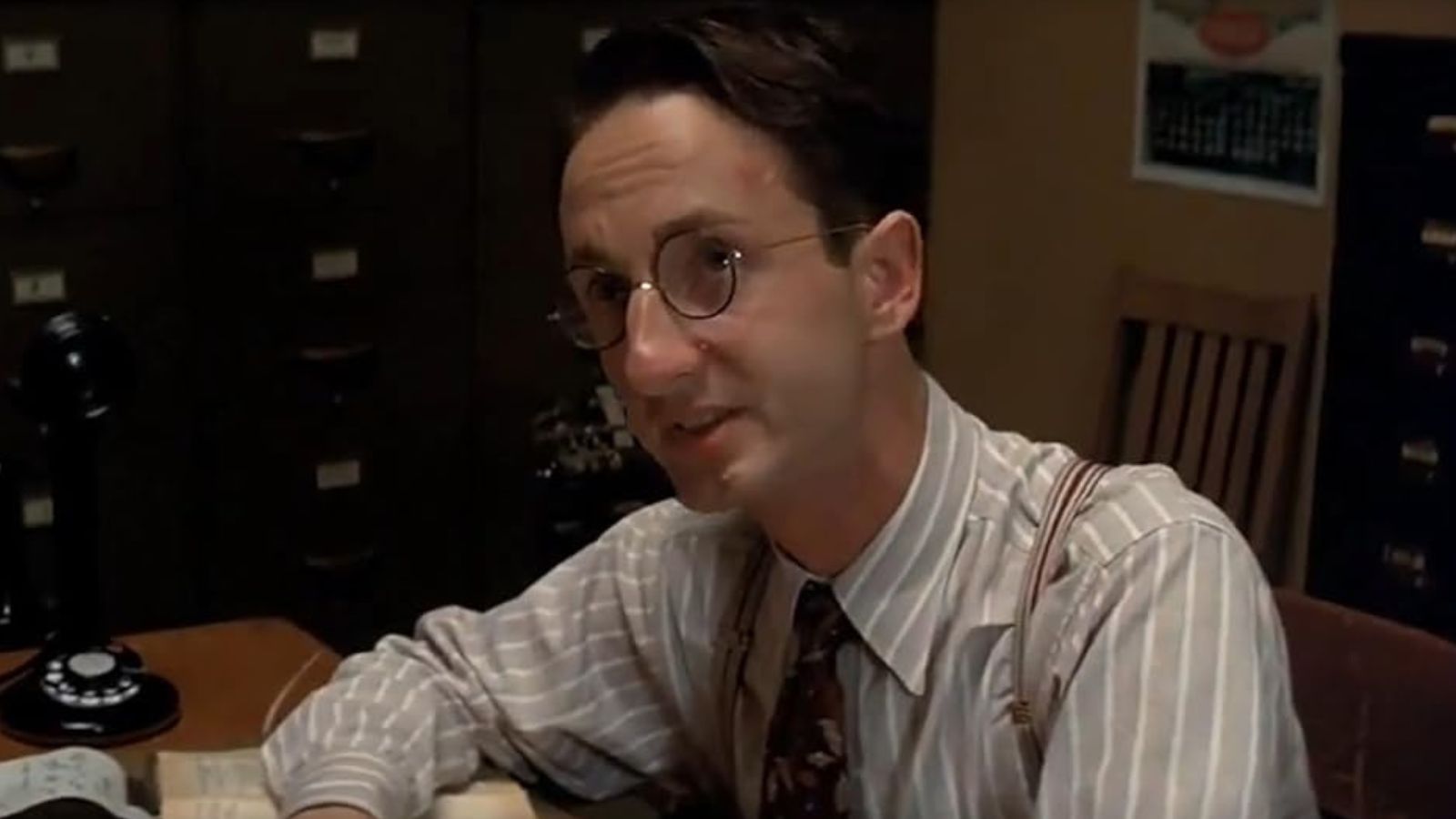
These movies were more than just a way to kill a couple of hours; they kicked off discussions, set trends, motivated people to act, and left a mark on what people thought and talked about. They shaped the cultural shifts that defined the young adult lives of the Boomer generation, securing their spots as iconic pieces of American film history.
Echoes in Modern Cinema: Tracing the Influence of Boomer Classics

Even now, modern filmmakers look back to the movies Boomers loved for inspiration. The impact of those classic films is clear in how today’s movies revisit the same big ideas and give a nod to the pioneering ways those stories were told.
The Lasting Legacy of Boomer Films on Popular Culture

The films that the Baby Boomer generation fell in love with are still a lively slice of American culture today. They remind us of a time filled with big changes and still strike a chord with people of all ages, touching on timeless themes like love, struggle, hope, and standing up for what’s right. These movies have made their mark, ensuring their stories and the spirit of a generation that imagined a better world will be remembered for a long time to come.


